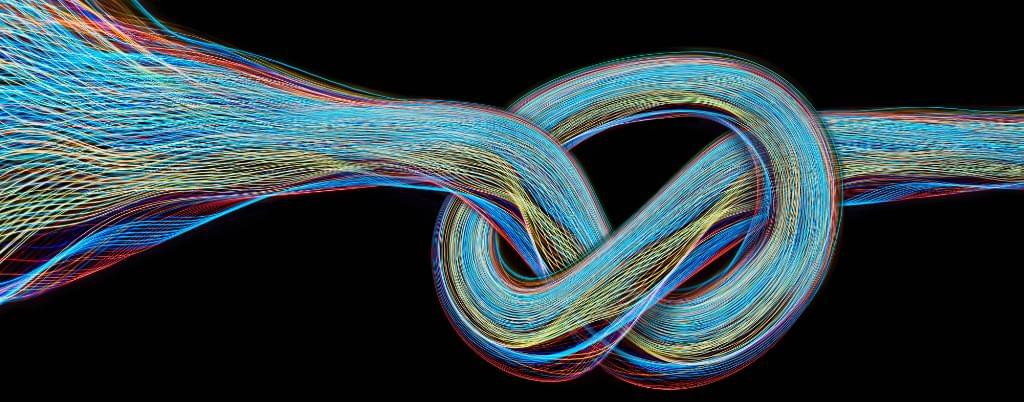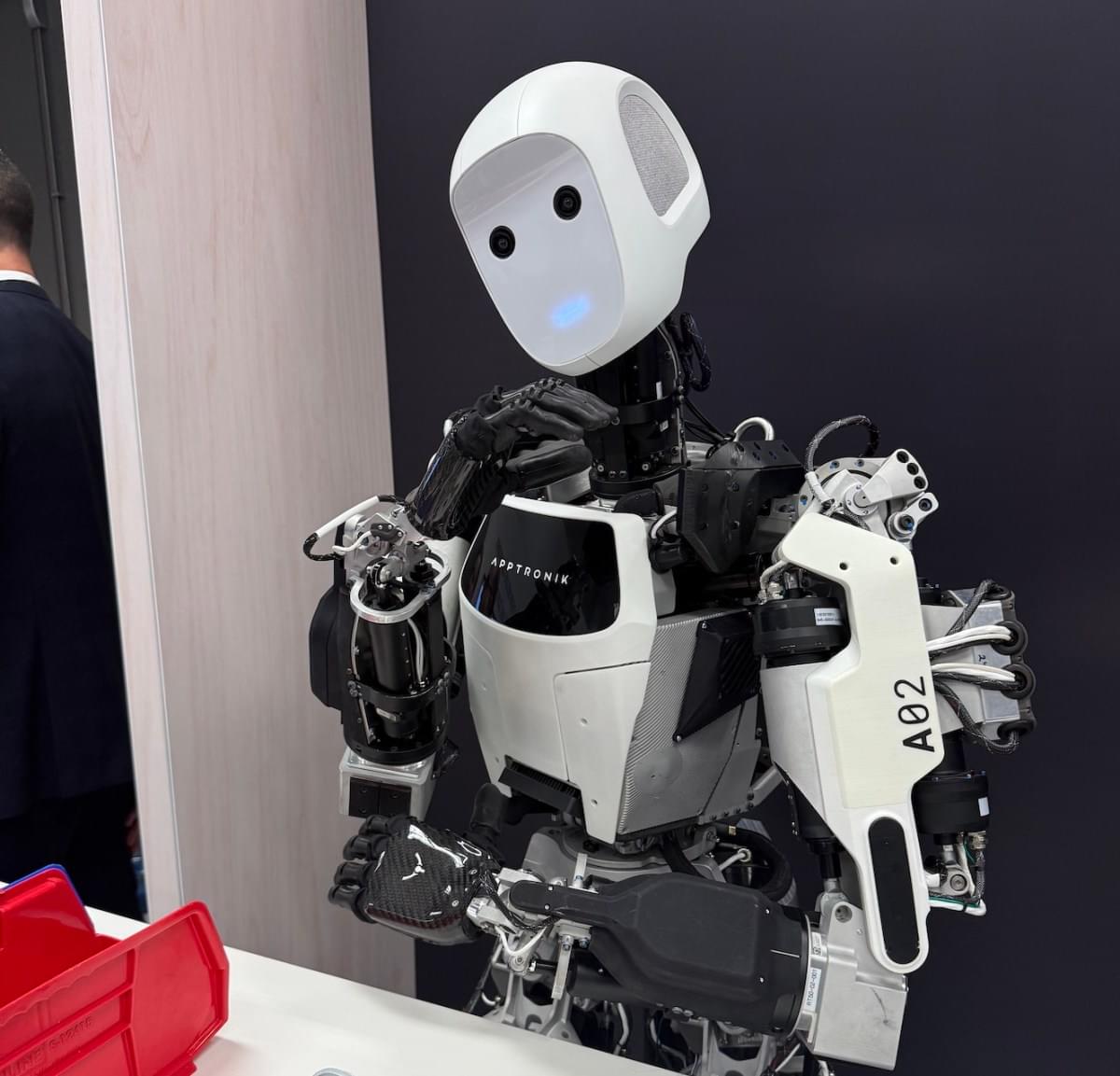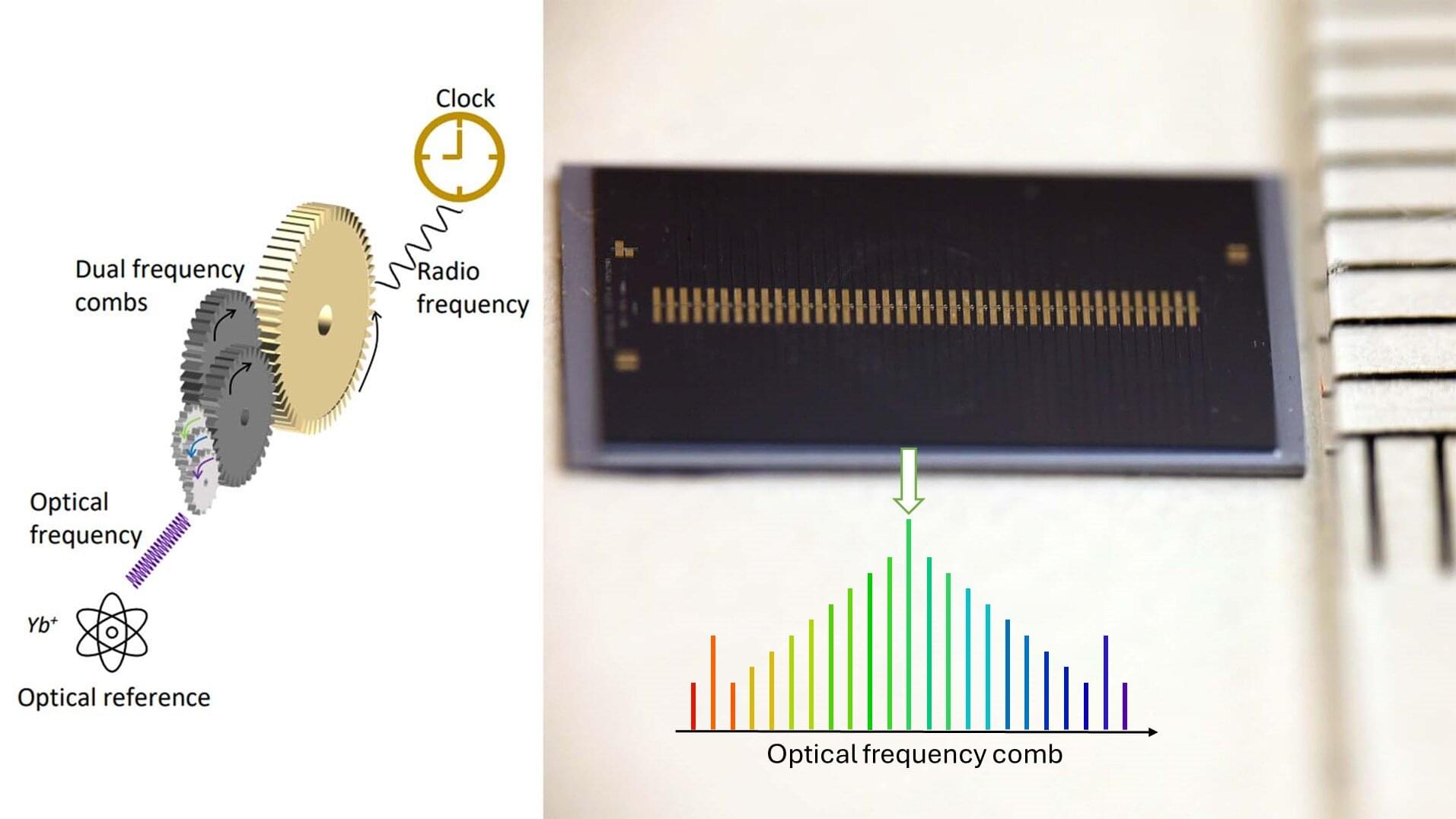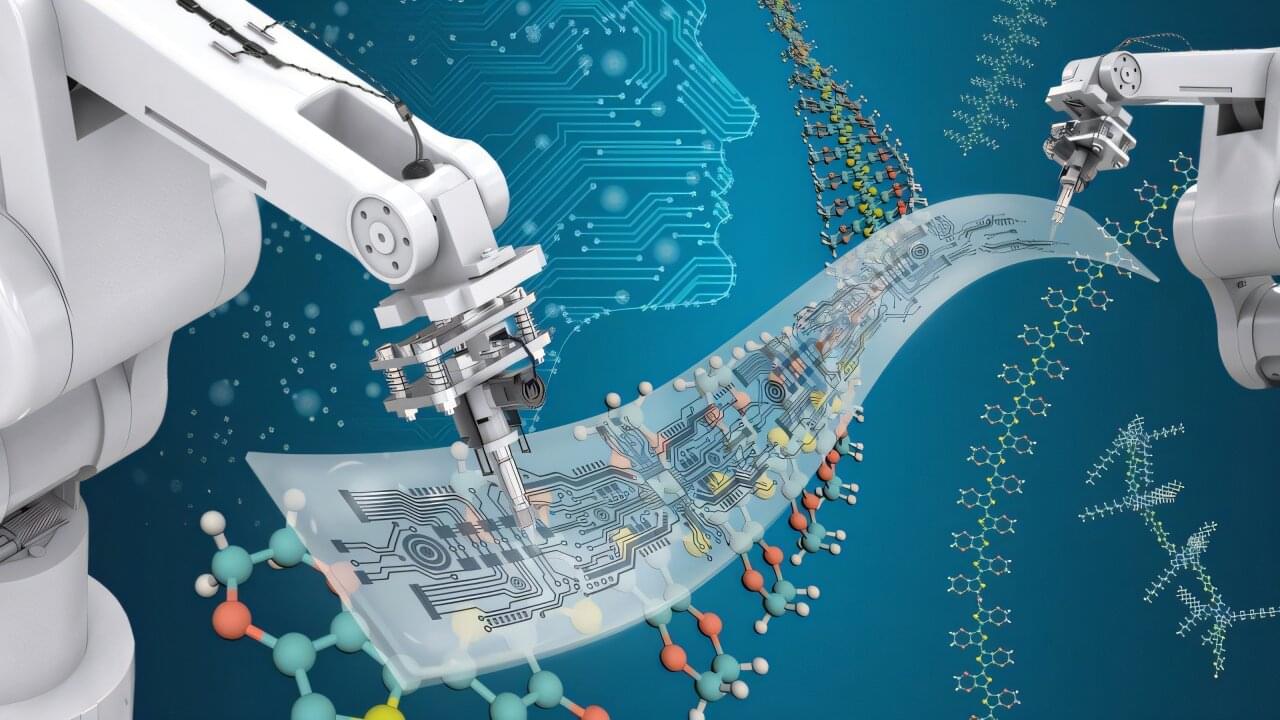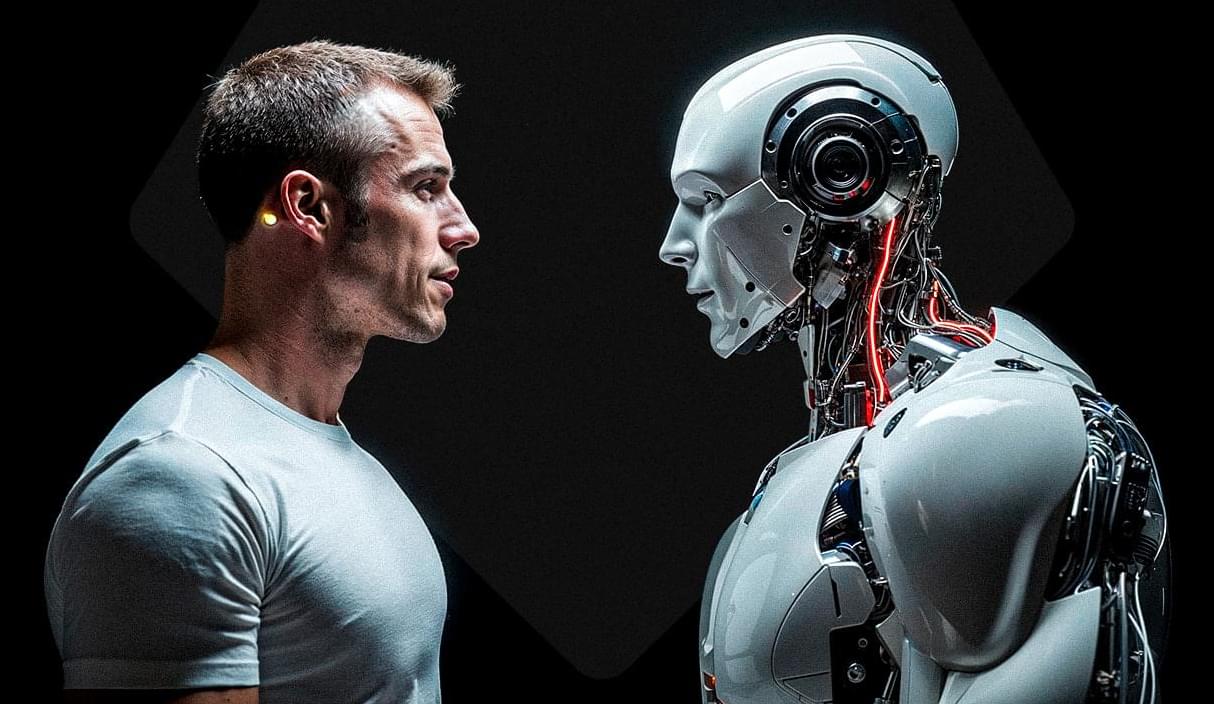Researchers from three of Virginia’s premier universities, including the University of Virginia’s Homa Alemzadeh, aim to take the risk out of self-driving vehicles by overcoming inevitable computer failures with sound engineering.
Cutting-edge research from three top Virginia universities, led by the University of Virginia’s Homa Alemzadeh, is on a mission to revolutionize the safety of self-driving vehicles. With a substantial $926,737 grant from the National Science Foundation, this powerhouse team is dedicated to pinpointing and neutralizing potential computer failures in autonomous vehicle systems.
By harnessing this insight, they aim to fortify the resilience of the entire system and proactively eliminate safety risks. Alemzadeh, a trailblazing associate professor of electrical and computer engineering at UVA’s School of Engineering and Applied Science, is joined by the esteemed William & Mary professor of computer science, Evgenia Smirni, and the visionary lead investigator and George Mason University assistant professor of computer science, Lishan Yang.

